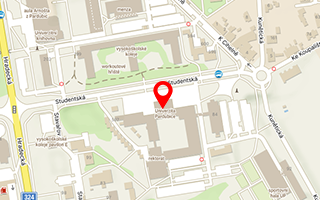Publikace detail
Damage evolution for repairability of substandard beam-column joints
Autoři:
Yurdakul Özgür | Del Vecchio Ciro | Di Ludovico Marco | Řoutil Ladislav | Avşar Özgür
Rok: 2021
Druh publikace: článek ve sborníku
Název zdroje: Compdyn 2021 Proceedings, Volume 1
Název nakladatele: National Technical University of Athens
Místo vydání: Atény
Strana od-do: 120-130
